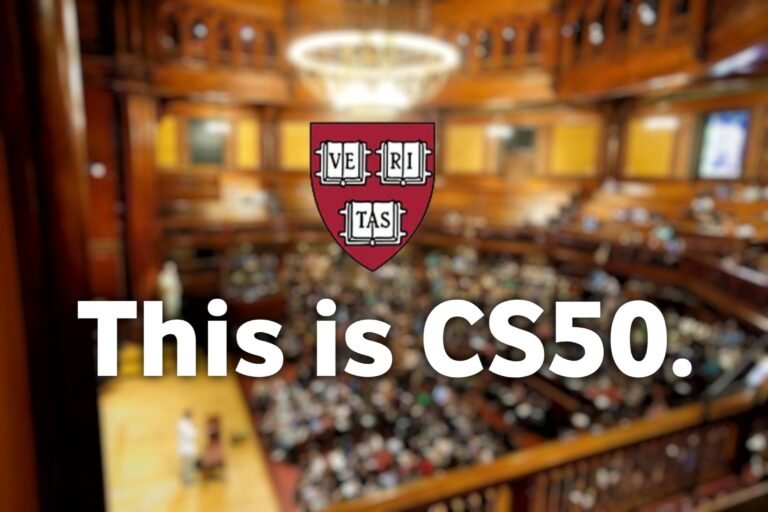Elevate Your Resume: Top Tips for Upscaling Your Resume
- By Nadim Chowdhury
- April 29, 2024
Resume is a document that summarizes your professional background and qualifications, and you submit it to the company to invite you for a job interview or internship.
It is not possible to make a resume in a day, but you can fix the format in a day but you must give time to write a good resume. Before writing a resume, you need to have a good idea of what to mention in your resume. If you don’t have any idea about this now, don’t worry, I believe by the end of this article you will have an idea of what to write on your resume.
Why is a resume important?
You need to remember that a resume is not just a piece of paper; This is a professional summary that showcases your skills and experience. This document plays an important role in getting shortlisted for the interview. By highlighting your achievements, qualifications and the relevant experience, it effectively communicates your suitability for the position.
Resume Tips
Resume Format
Formatting a resume is very important, as many people in this industry get their resumes rejected due to formatting issues. Moreover, many companies use automated software to sort resumes. Therefore, you must be careful while formatting your resume.
First, you need to decide whether to put your resume in horizontal or column format. Horizontal layouts are often preferred for their simplicity and readability, and column layouts allow for more detailed segmentation of information. Then, you need to select a template. There are many good templates on the Internet, but I recommend using Google Docs for its user-friendly interface and collaborative features, which will make it easy to edit and share your resume with others. Below are links to two templates that you can use if you wish.
Afterward, you must ensure that your resume is formatted as a single-page document and in PDF format. Then, you need to pay attention to the font. It is recommended to avoid overly fancy fonts; Instead, choose a professional and easy-to-read font like Arial or Roboto. Furthermore, you should refrain from using too many colors. In my opinion, using black and blue is the best choice. Additionally, it’s wise to be cautious about using images. However, I advise against using images.
Resume header
In the header section of your resume, be sure to include your full name. Providing your contact information is very important, and it’s best to include your email address, although you can also add your phone number if you’d like. Additionally, consider including links to your GitHub or LinkedIn profile. These platforms provide valuable insight into your professional background and achievements. If you have excelled in competitive programming and achieved a good rank, showcasing this achievement can further strengthen your profile.
Resume section
When creating your resume, organize it into separate sections to effectively showcase your information. Common categories include skills, education, projects, experience, achievements, and hobbies. The format of these sections should align with your personal situation.
For example, if you’re a student, prioritize categories like skills and education, highlighting your academic strengths. On the other hand, if you have internship or freelancing experience, putting the experience at the fore can underscore your practical skills and professional background. Also if you have achieved significant achievements, a prominently displayed Achievements section can draw attention to your achievements. Finally, aligning the sequence of sections with your unique strengths and experiences can enhance the overall impact of your resume.
Skill
In this section, you will list the languages in which you are generally proficient. If you’re less proficient in a language, you can denote it with “(basic)” in parentheses, then write the tech stack you’re working with. If you have experience with any professional tools commonly used in the industry, you can include them as well.
Experience
If you have done internships or research internships or have published research articles, you can showcase them in this section. Additionally, if you have participated in hackathons or worked as a freelancer, you can also share that experience here.
If you don’t have any experience anywhere, you can choose to skip this entirely.
In the Experience section, list your experiences as bullet points. Mention the sector you worked in, the company you worked for, and what you learned during that time.
Education
Here, you’ll write the name of your university/college, followed by your field of study, then mention the year of graduation. Additionally, if your academic grades are good, you can also show them.
Projects
Here, you can showcase your academic or non-academic projects. If you want to apply for internships, you’ll need to complete at least 2 projects. When writing about projects, make sure to bold the project names as bullet points and mention a description underneath. Also, you can share project links on GitHub along with projects. If the project is hosted, you can also share the hosting link.
Achievements
Here, you will first list your domain’s achievements. If you don’t have any achievements in your domain, you can show academic or non-tech achievements instead.
Hobbies
This is an optional section you can add to your resume if you like
Also if you have many certificates you can create a section with it.
Important tips –
Before submitting your resume, check for spelling mistakes. Because a spelling mistake can downgrade your impression instantly. You must be careful in this matter.


